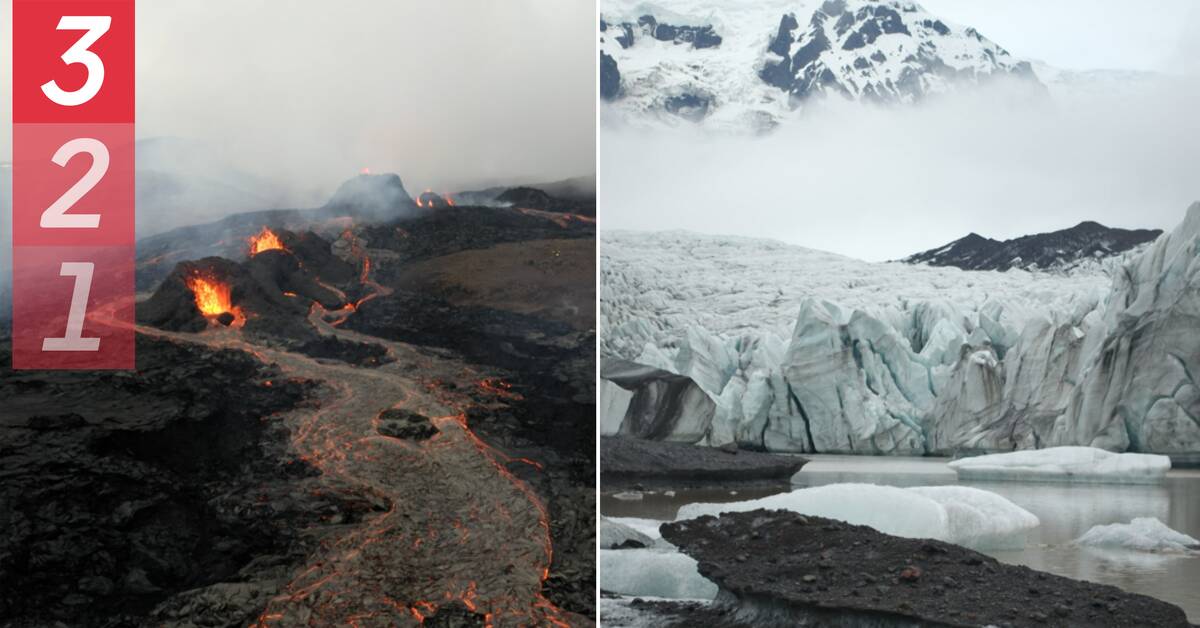The earth's interior, atmosphere and surface pulsate with forces, which are sometimes expressed through violent events.
It can be volcanic eruptions, earthquakes, tsunamis or hurricanes for example.
Now, researchers have discovered more and more connections between the extreme phenomena.
It has been shown that volcanic eruptions affect the oceans, that typhoons can cause earthquakes and that atmospheric rivers can cause extreme rainfall.
Know more about the planet Mars
Glaciologist Max Van Wyk de Vries, at the University of Minnesota in the USA, and colleagues have discovered another connection - that melting ice risks arousing dormant volcanoes.
- We know more about the surface of the planet Mars than we do about the underside of Antarctica's ice.
So we decided to investigate volcanism in Antarctica, he says in the World of Science.
Hundreds of small volcanoes
Researchers have discovered that hundreds of small volcanoes are hiding under the two-kilometer-thick ice in Antarctica, in the area most sensitive to climate change.
To understand what could happen in Antarctica in the future, scientists have turned to the other side of the earth.
In Iceland, the volcano Katla, which is completely covered by ice, is gossiping about what processes can take place.
An evil circle
The weight of the ice exerts a great pressure on the earth's crust, which prevents magma from rising to the surface.
But if the ice melts, the pressure on the earth's crust eases and the magma can rise.
When the ice comes in contact with the magma, it melts and lakes and rivers form.
The warm water causes the melting to be accelerated from below, which means that more magma rises.
Eventually an eruption occurs and black ash is spread which captures the sun's heat instead of reflecting it.
A vicious circle is formed.
May affect sea levels
If the volcanoes under the Antarctic ice were to become active again, it could have devastating consequences.
- We know that future ice melting will mainly be due to warming of the atmosphere and the oceans, but we do not know to what extent volcanoes in specific areas can accelerate ice melting.
If it happens in Antarctica, we would all be affected, because a faster melting can raise sea levels worldwide, says Max Van Wyk de Vries.
Play the clip above to see how scientists go into a typhoon to investigate how one natural disaster can affect another.
You will also see more examples of how natural disasters can be linked.
To learn more about how extreme natural events affect each other, watch Vetenskapens Värld “Naturens katastrofer” already now on SVT Play or on Monday 28 March at 20:00 on SVT2.

